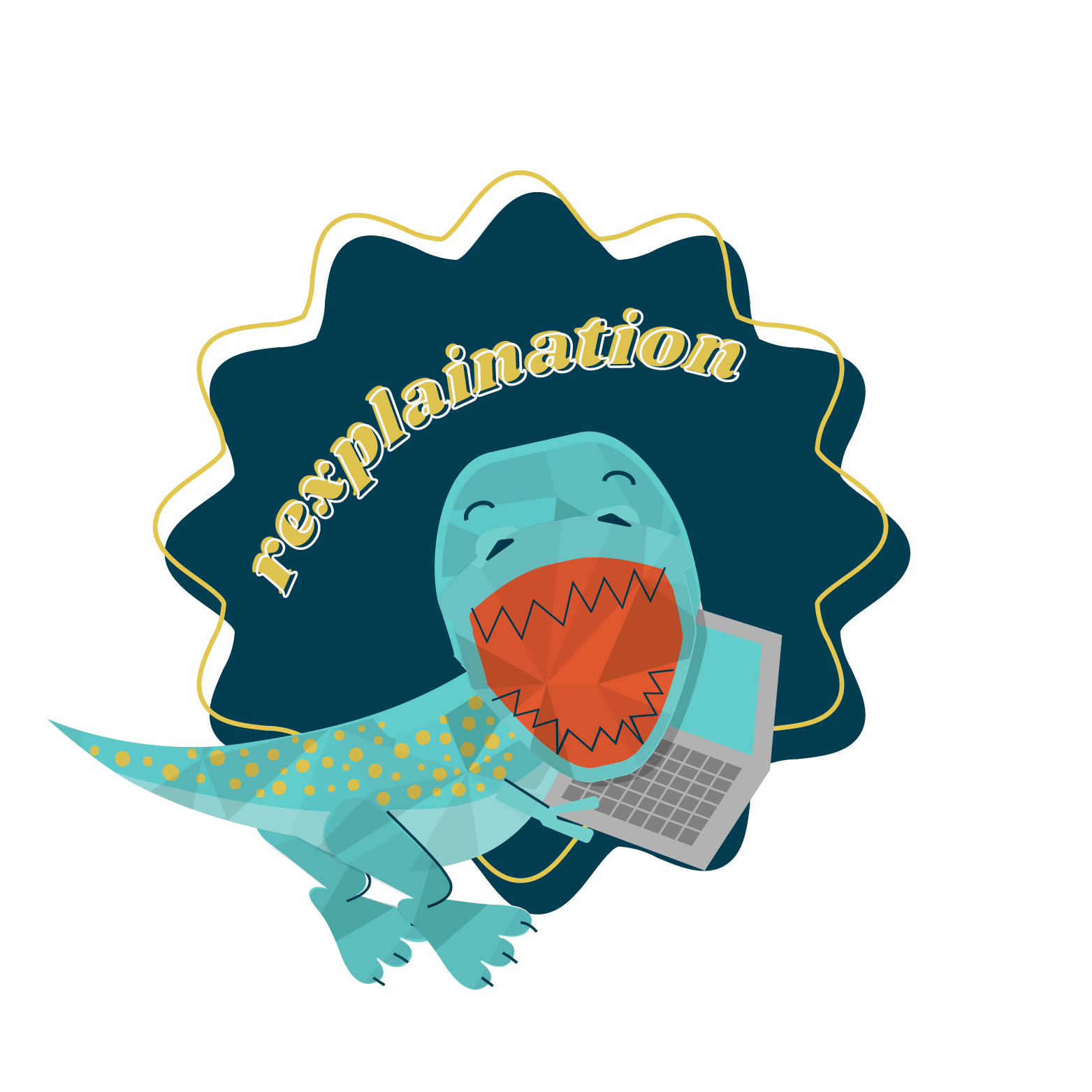What is a Web Crawler and Should I be Scared?
The name web crawler may sound creepy… but have no fear! They’re not exactly what you might think.
A web crawler (or web spider) gets its name from “crawling” all over the World Wide Web. Their goal is to learn what information is available on web pages all across the internet and organize them, so they are easily discoverable on search engines like Google. They start by searching through well-known websites, looking for keywords and metadata that they can use to properly organize the information into search results. They then look for hyperlinks to other websites so they can crawl them as well.

Metadata is information (or unseen HTML) that is hidden within each website. It helps communicate information about the website to search engines, such as page titles, descriptions, tags, and other useful data.
Indexing
The way that a web crawler works is like a library index. It’s as if someone were to search through thousands of books and organize a catalog that makes them easily findable. Web crawlers do this same thing, just with thousands and thousands of sites across the web. They use each website’s content and metadata to create their index. When someone uses Google, or another search engine to look for information, the search engine utilizes the index that the web crawler created to display relevant results.
Every major search engine has at least one web crawler, if not multiple. For example, Google’s main crawler is called Googlebot, but it also has several others. These include Googlebot Images, Googlebot Videos, Googlebot News, and Adsbot. Other search engines use their own crawlers, such as DuckDuckBot for DuckDuckGo or Bingbot for Bing.
SEO & Mobile Indexing
SEO, or Search Engine Optimization, is a tool that helps websites appear near the top of search engine results pages (SERPs). To best optimize a website for search engines, web crawlers need to be able to easily reach and read it. They also need to know how often to crawl the site. If a website is crawled too much, it can become overloaded. Therefore, Google has a crawl budget in place. This tells the crawlers how often and which pages to crawl. The number of times a website is crawled, is largely determined by how many visitors it receives. Websites with frequent visitors often post new content regularly, which requires the crawlers to index new information repeatedly.
Mobile indexing has also become crucial for good SEO. Recently, Google began making its web crawlers prioritize mobile websites. This means that a website’s mobile version is being crawled and used for search engines over the desktop version. Therefore, it is best practice to ensure a website is responsive to multiple screen sizes. It’s also important to ensure all content is mobile-friendly and long paragraphs or small text that aren’t easily readable on a small device, aren’t included. The fewer users engage with your mobile website, the less search engines will prioritize them in results.
Making your website easily accessible to web crawlers will only improve your SEO and make your website more discoverable on search engines. Need help improving your SEO or take your marketing to the next level and incorporate SEM (search engine marketing)? Systemax can help! Drop us a line and we’ll be in touch soon!
Author Info
Hey, there! My name is Kristen and I am a Strategic Marketing Director and Graphic Designer at Systemax. I work with clients to develop a strategy to meet their goals and ensure their projects stay on schedule. I’m also responsible for creating artwork for clients, including everything from banners to Facebook ads, and more. Outside of work, you can find me spending time with my family and friends or working toward my next project or goal such as learning videography or training for a half marathon!

